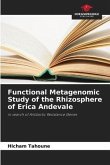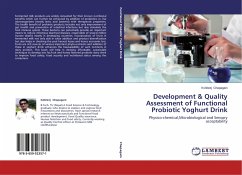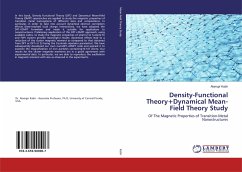RE-based NPs show some advantages when compared with other available materials used for biomedical applications. As a general trend, RE-based NPs show low toxicity and high thermal and chemical stability. In addition, when compared with other luminescent NPs, such as nanostructures functionalized with dyes and quantum dots (QDs), frequently used in bioapplications such as luminescent imaging (LI), RE-based NPs exhibit high photostability, high luminescence quantum yield and sharp emission bands, the latter providing more selectivity for bioassays.RE-based NPs are also used for the detection and analysis of ions and molecules of biomedical interest, such as DNA and proteins. In this case, the biosensing assays are based on the variation of the luminescent properties of the NPs in the presence of the analytes.








